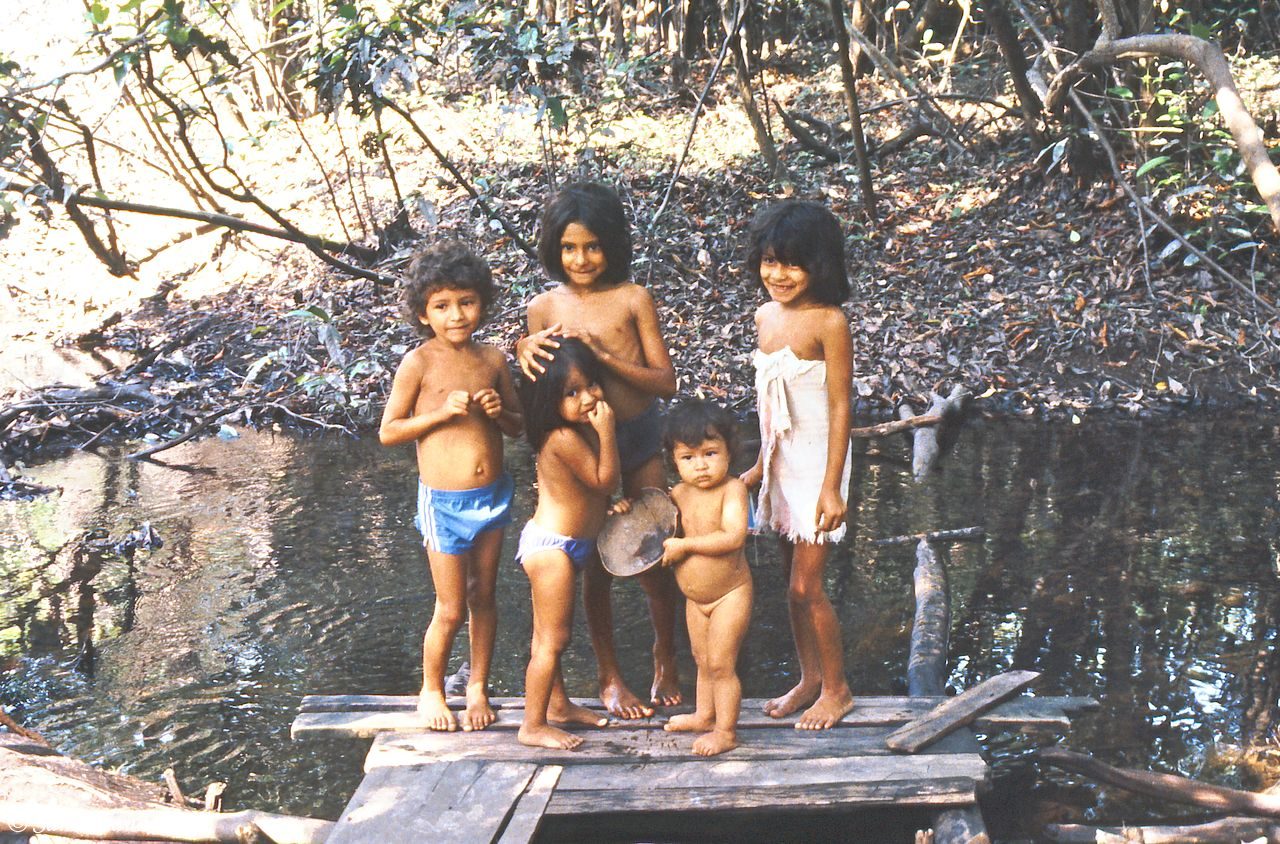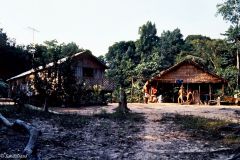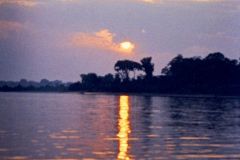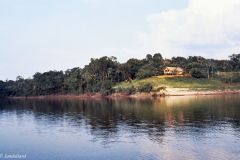The Amazon is the largest forested area in the world, with an immense diversity in terms of flora and fauna – and a huge flood.
The UNESCO World Heritage List includes several hundred properties with outstanding universal value. They are all part of the world’s cultural and natural heritage.
Official facts
- Full name of site: Central Amazon Conservation Complex
- Country: Brazil
- Date of Inscription: 2000
- Category: Natural site
UNESCO’s World Heritage Centre’s short description of site no. 998:
“The Central Amazon Conservation Complex makes up the largest protected area in the Amazon Basin (over 6 million hectares) and is one of the planet’s richest regions in terms of biodiversity. It also includes an important sample of varzea ecosystems, igapó forests, lakes and channels which take the form of a constantly evolving aquatic mosaic that is home to the largest array of electric fish in the world. The site protects key threatened species, including giant arapaima fish, the Amazonian manatee, the black caiman and two species of river dolphin. ”
My visit
Technically I haven’t been to this World Heritage Site. There is an official map which indicates the borders of the four areas making up this conservation complex. The places I went are to the south, east and west of all four areas. Nonetheless, I count it as a visit because there are so many similarities.
I visited the Amazon way back in 1987 as part of a South American journey. Here is an excerpt of what I wrote in a letter to my family:
“On our way from Cuiabá we saw much of interest. This is the Wild West, number two. The government in this country is doing a lot to develop these remote areas of Brazil. The road is now asphalt paved and of a good standard. On both sides of the road the jungle stretches for miles on miles.
In between the road and the jungle are the small farms and small towns erected on recently cleared and burnt soil. A number of times we saw fires lit by settlers thereby pushing the jungle back, building the wooden shacks or straw cabins, cultivating their little patch of land.
The towns are to highly unfinished and so are the roads, even in the state capital of Porto Velho. Poor stuff, and rather poor people. In this town there a number of stores (two thirds of all stores) that trades gold. The gold rush in the area has also influenced the general price level, amongst others in our hotel.”
A point of view
This text shows the need to do “something” to simultaneously preserve and develop the vast Amazon region. “Civilisation” was at that time pressing the jungle back and the developments over the next decades have shown an accelerating process in that respect. From these two towns in the southern part of the Amazon region we moved north to Manaus, and on a tour into the jungle.
About this series of blog entries.
Browse to the PREVIOUS or NEXT post in this series.





